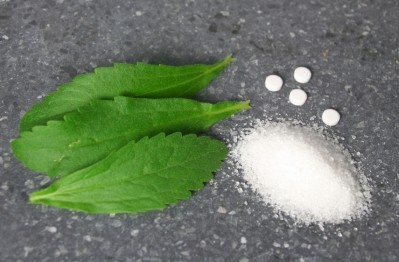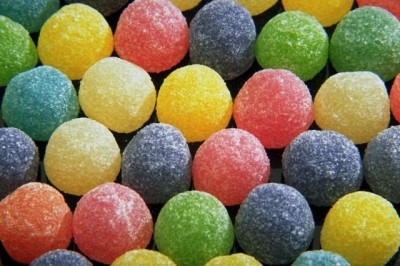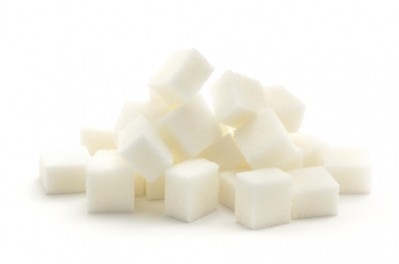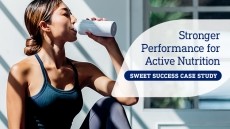Stevia has ‘fundamentally changed the sweetener market’: ISC president

It has been a year since EU approval of steviol glycosides – the sweet components of the stevia leaf – and the number of new product launches containing them in the region has surged to more than 300 so far this year, from just 50 in 2010. Back then, France was the only market in the bloc that allowed the sale of stevia-sweetened products, taking advantage of a two-year window for temporary approval, prior to the EU-wide allowance.
McFerson, who was elected ISC president last month, told FoodNavigator that the primary aims of the International Stevia Council include ensuring that food companies are entirely comfortable using stevia in their products as the European market opens up.
“It has fundamentally changed the sweetener market,” she said.
In the United States, where McPherson is based, she says there are more than 56 million households that have stevia products and stevia-sweetened products in their homes; stevia extracts were only widely approved for use in foods and drinks there in late 2008.
McFerson attributes this massive interest to macro trends, such as high obesity rates and rising incidence of type-2 diabetes, meaning that families are looking for ways to reduce sugar consumption, and to do so without using artificial ingredients.
“From consumer perspective, we are seeing all around the globe an increasing desire…to deal with sugar and calories. That has really been universal,” she said.
Natural steviol glycosides?
However, the path to adoption of stevia sweeteners in Europe has not been entirely smooth.
Stevia extracts will have to be listed on ingredient lists as ‘steviol glycosides’ – and it has been suggested that this could prove a barrier to consumer acceptance of its naturalness.
McFerson disagrees.
“I think ‘naturally sourced’ is clear enough. It is more important to know that and to explain that.”
Indeed, industry trade group FoodDrinkEurope has issued guidance for industry to use the descriptor ‘from a natural source’, although other labelling options are also under discussion.
“In the long run with stevia, the story of where it comes from is quite easy to tell,” McFerson said.
Product category restrictions
Approval for stevia across product categories has been another challenge for the sweetener in Europe. The European Food Safety Authority (EFSA) set an Acceptable Daily Intake (ADI) for stevia at 4 mg/kg bodyweight, and claimed that the ADI is likely to be exceeded by adults and children if the maximum levels are used.
To address this, those seeking approval for stevia in the EU revised proposed use levels for food and beverages, and licensing applications were withdrawn for 15 food groups including the ‘desserts and other products’ category.
McFerson said broadening the range of product categories in which stevia can be used would also be one of the ISC’s priorities.
“The use of stevia in different food categories is important to put effort towards because stevia is a key part of the solution that governments need…It is not an end all solution but it is part of the solution,” she said.
EU regulation currently allows stevia to be used at specified levels in flavoured fermented milk products, cocoa and chocolate products, edible ices, fruit and vegetable compotes and jams and marmalades, chewing gum, soups and broths, and soft drinks.
It can also be used in table top sweeteners, food supplements, alcoholic drinks including spirits (with less than 15% alcohol and mixtures of alcoholic drinks with non-alcoholic drinks) and alcohol-free beer.

























